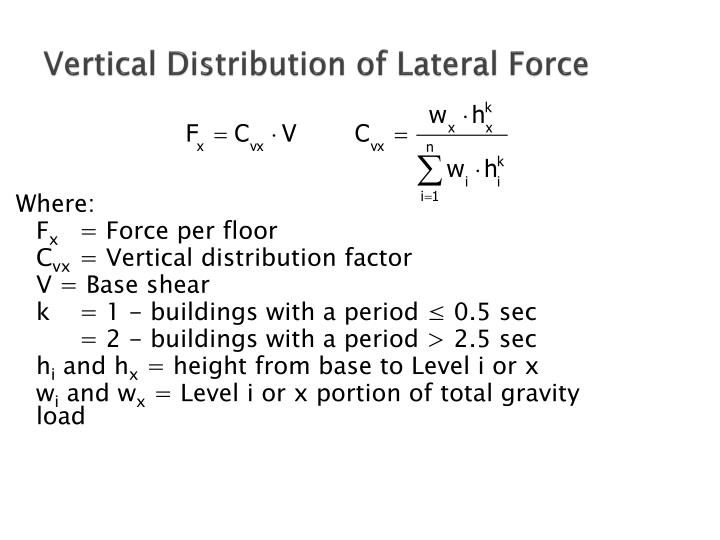

Therefore, while foreign exchange swaps are riskless because the swapped amount acts as collateral for repayment, cross currency swaps are slightly riskier. Unlike a foreign exchange swap where the parties own the amount they are swapping, cross currency swap parties are lending the amount from their domestic bank and then swapping the loans. In a cross currency swap, both parties must pay periodic interest payments in the currency they are borrowing. The major difference between the two is interest payments. Cross Currency Swapįoreign exchange swaps and cross currency swaps are very similar and are often mistaken as synonyms. Spot-Week (S/W) – A swap starting spot against a week laterįoreign Exchange Swap vs.Spot-Next (S/N) – A swap starting spot (T+2) against the next day.Tom-Next (T/N) – A swap tomorrow against the next day.Overnight (O/N) – A swap today against tomorrow.The FX market uses different shorthands for short-dated FX swaps, including: Short-dated foreign exchange swaps refer to those with a maturity of up to one month.

In six months’ time, Party A returns 1,000,000 EUR and receives (1,000,000 EUR * 1.6 EUR/CAD = 1,600,000 CAD) from Party B, ending the foreign exchange swap. Today, Party A receives 1,000,000 Euros and gives 1,500,000 Canadian Dollars to Party B.

They also agree on a forward rate of 1.6 EUR/CAD because they expect the Canadian Dollar to depreciate relative to the Euro. They agree to swap 1,000,000 EUR, or equivalently 1,500,000 CAD at the spot rate of 1.5 EUR/CAD. The parties enter into a foreign exchange swap today with a maturity of six months. It also eliminates foreign exchange risk by locking in the forward rate, making the future payment known. If currency A offers a higher interest rate, it is to compensate for expected depreciation against currency B and vice versa.įoreign exchange swaps are useful for borrowing/lending amounts without taking out a cross-border loan. Expectations stem from the interest rates offered by the currencies, as demonstrated in the interest rate parity. The forward rate is the exchange rate on a future transaction, determined between the parties, and is usually based on the expectations of the relative appreciation/depreciation of the currencies. The parties swap amounts again, so that each party receives the currency they loaned and returns the currency they borrowed. The second leg is a transaction at the predetermined forward rate at maturity. The spot rate is the exchange rate at the initial date.

The parties swap amounts of the same value in their respective currencies at the spot rate. The first leg is a transaction at the prevailing spot rate. There are two “legs”: Leg 1 at the Initial Date


 0 kommentar(er)
0 kommentar(er)
